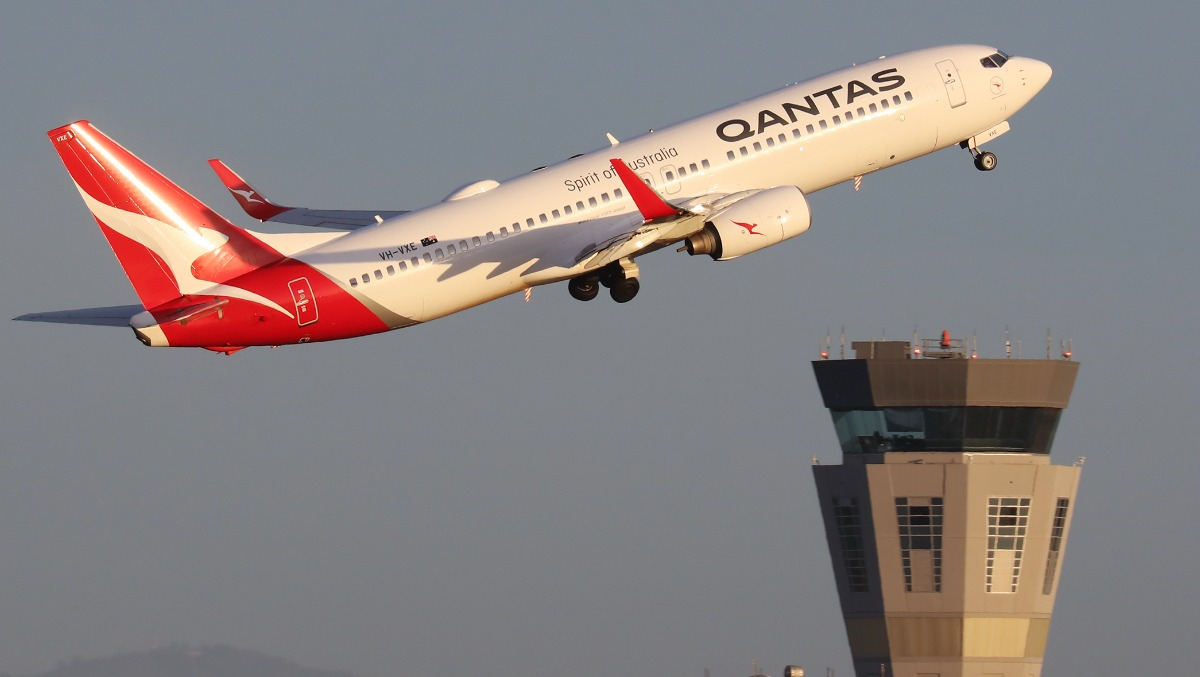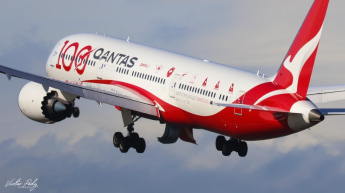
Domestic airfares have climbed down from 15-year record prices at the end of 2022 but remain above pre-COVID levels, with capacity also hitting a six-month high, according to the latest quarterly report from the ACCC.
Discount fares dropped by a third in real terms during January after hitting a 15-year high water mark in December 2022, with average revenue per passenger dropping 13 per cent in real terms.
Additionally, 5.9 million seats were made available for travel in January, with Qantas flying at 102 per cent of pre-pandemic capacity, Virgin at 96 per cent, and Jetstar at 84 per cent.
Despite the increased capacity, however, passenger numbers were lower than pre-2020, with just 4.4 million passengers flying in Australia in January – only 89 per cent of pre-pandemic levels.
The industry load factor dropped from 83 per cent in October 2022 to 75 per cent in January due to higher capacity and seasonally lower demand.
According to ACCC Commissioner Anna Brakey, passengers are still generally paying more to fly than they would have before COVID-19.
“Airfares typically come down after the Christmas travel peak due to a seasonal decrease in demand. However, some of this reduction is also explained by the airlines increasing their seat capacity.
“The price of jet fuel has been trending down, which should enable airlines to reduce airfares further in coming months,” she said, pointing to figures indicating that jet fuel prices have come down by 35 per cent from their peak in mid-2022 due to the Ukraine war.
ACCC data showed that Qantas took the largest share of domestic passengers over the quarter despite a drop to 34.8 per cent, with Virgin just behind at 33.4 per cent; Jetstar climbed nearly four percentage points to 26.9 per cent, while Rex brought up the rear at 4.9 per cent.
Brakey has also pointed to Bonza – the first high-capacity domestic carrier to enter the market in 15 years – as good news for competition, particularly as it is operating point-to-point on previously unserved routes.
“Bonza’s entry to the domestic market provides increased route choice, which is good news for Australian consumers.
“The new budget airline will provide travellers on the east coast of Australia with new and direct connections, as well as competition on certain routes,” she said.
The Morrison Government ordered the ACCC to monitor domestic airlines’ fares, costs, and profits in June 2020 during the pandemic and provide quarterly reports. The order will expire at the end of June this year unless renewed by Labor.















